Here’s An Easy Guide To Remember Some Dog Names.



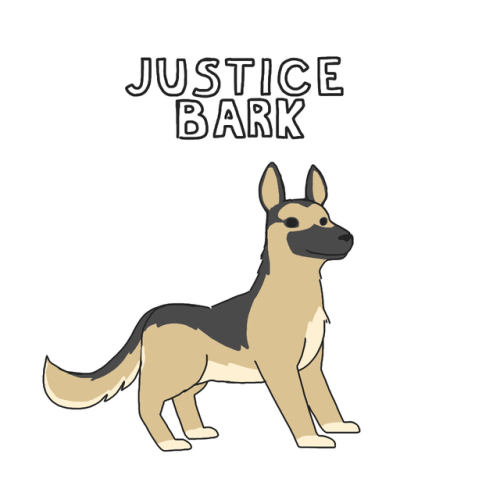


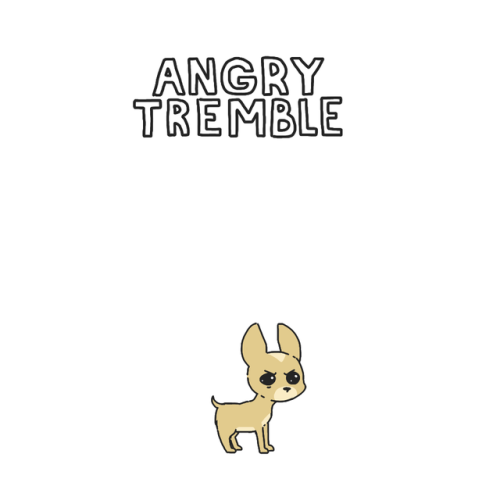
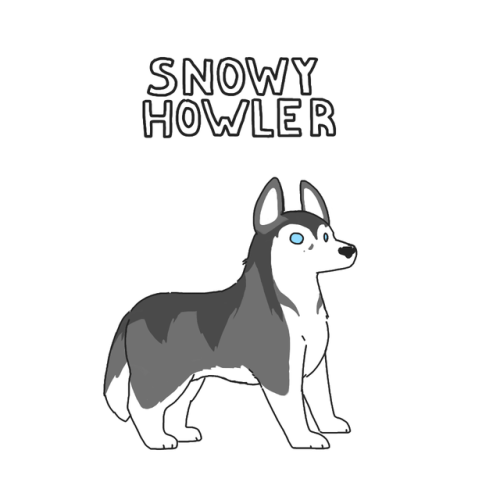
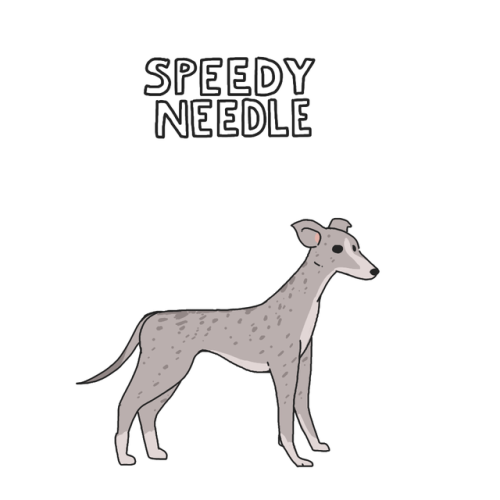
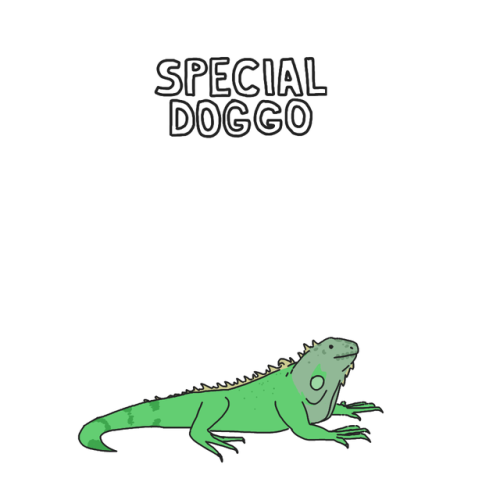
Here’s an easy guide to remember some dog names.
More Posts from Youaurendenial and Others





pls unmute





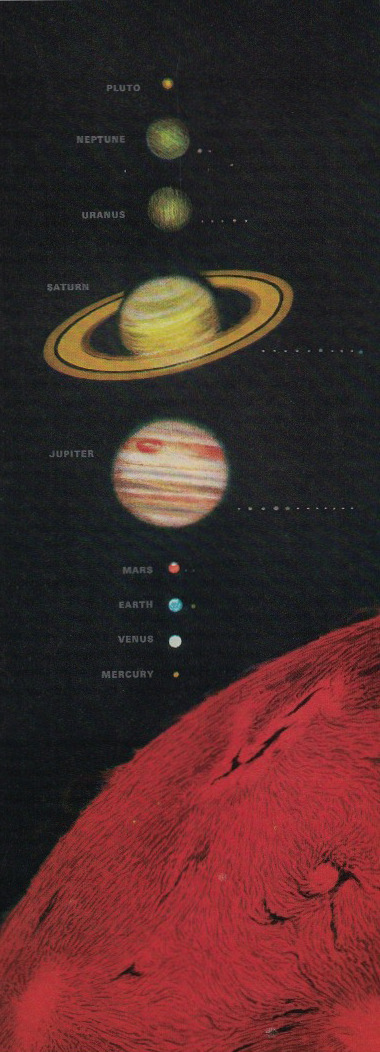



The Universe (Life Nature Library 1971). Illustrations (not in order) by Alex Ebel, Chesley Bonestell, Mel Hunter, Antonio Petrucelli, George V Kelvin
2016: This Year at NASA!
As 2016 comes to a close and prospects of the new year loom before us, we take a moment to look back at what we’ve accomplished and how it will set us ahead in the year to come.

2016 marked record-breaking progress in our exploration activities. We advanced the capabilities needed to travel farther into the solar system while increasing observations of our home and the universe, learning more about how to continuously live and work in space and, or course, inspiring the next generation of leaders to take up our journey to Mars and make their own discoveries.
Here are a few of the top NASA stories of 2016…
International Space Station
One Year Mission…completed!

NASA astronaut Scott Kelly and Russian cosmonaut Mikhail Kornienko returned to Earth after spending a year in space. Testing the limits of human research, findings from their One Year Mission will help send humans farther into space than ever before.
Commercial Resupply

Commercial partners Orbital ATK and SpaceX delivered tons (yes literally tons) of cargo to the International Space Station. This cargo supported hundreds of science experiments and technology demonstrations crucial to our journey to Mars.
Mars
Expandable Habitats

The Bigelow Expandable Activity Module (BEAM) was one of the technology demonstrations delivered to the space station in April. Expandable habitats greatly decrease the amount of transport volume for future space missions.
Booster Test Firing

In June, a booster for our Space Launch System (SLS) rocket successfully fired up. It will be used on the first un-crewed test flight of SLS with the Orion spacecraft in 2018. Eventually, this rocket and capsule will carry humans into deep space and one day…Mars!
InSight

This year we updated the milestones for our InSight mission with a new target launch window beginning in May 2018. This mission will place a fixed science outpost on Mars to study its deep interior. Findings and research from this project will address one of the most fundamental questions we have about the planetary and solar system science…how in the world did these rocky planets form?
Solar System and Beyond
Juno

On July 4, our Juno spacecraft arrived at Jupiter. This mission is working to improve our understanding of the solar system’s beginnings by revealing the origin and evolution of Jupiter.
OSIRIS-REx

In September, we launched our OSIRIS-REx spacecraft…which is America’s first-ever asteroid sample return mission. This spacecraft will travel to a near-Earth asteroid, called Bennu, where it will collect a sample to bring back to Earth for study.
James Webb Space Telescope

In February, the final primary mirror segment of our James Webb Space Telescope was installed. This will be the world’s most powerful space telescope ever, and is scheduled to launch in 2018. Webb will look back in time, studying the very first galaxies ever formed.
Kepler

In May, our Kepler mission verified the discovery of 1,284 new planets. Kepler is the first NASA mission to find potentially habitably Earth-sized planets.
Earth Right Now
Earth Expeditions

Our efforts to improve life on Earth included an announcement in March of a collection of Earth Science field campaigns to study how our planet is changing. These Earth Expeditions sent scientists to places like the edge of the Greenland ice sheet to the coral reefs of the South Pacific to delve into challenging questions about how our planet is changing…and what impacts humans are having on it.
Small Satellites

In November, we announced plans to launch six next-generation Earth-observing small satellite missions. One uses GPS signals to measure wind in hurricanes and tropical systems in greater detail than ever before.
Aeronautics Research
Our efforts in 2016 to make air travel cleaner, safer and quieter included new technology to improve safety and efficiency of aircraft arrivals, departures and service operations.
X-Plane

In June, we highlighted our first designation of an experimental airplane, or X-plane, in a decade. It will test new electric propulsion technology.
Drone Technolgy

In October, we evaluated a system being developed for the Federal Aviation Administration to safely manage drone air traffic.
Technology
Electric Propulsion

We selected Aerojet Rocketdyne to develop and advanced electric propulsion system to enable deep space travel to an asteroid and Mars.
Spinoffs

Our technology transfer program continued to share the agency’s technology with industry, academia and other government agencies at an unprecedented rate.
Centennial Challenges

Our Centennial Challenges program conducted four competition events in 2016 to spark innovation and enable solutions in important technology focus areas.
Watch the full video recap of ‘This Year @NASA’ here:
Make sure to follow us on Tumblr for your regular dose of space: http://nasa.tumblr.com
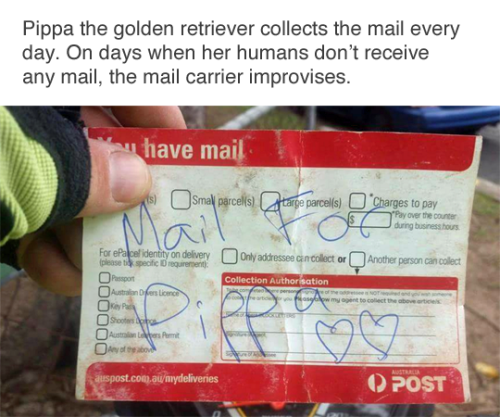


Celebrating 10 Years of Revolutionary Solar Views
Twin spacecraft give humanity unprecedented views of the entire sun at one time, traveling to the far side of our home star over the course of a 10-year mission.

These two spacecraft are called STEREO, short for Solar and Terrestrial Relations Observatory. Launched on Oct. 25, 2006, and originally slated for a two-year mission, both spacecraft sent back data for nearly eight years, and STEREO-A still sends information and images from its point of view on the far side of the sun.

STEREO watches the sun from two completely new perspectives. It also provides information invaluable for understanding the sun and its impact on Earth, other worlds, and space itself – collectively known as space weather. On Earth, space weather can trigger things like the aurora and, in extreme cases, put a strain on power systems or damage high-flying satellites.
Because the rest of our sun-watching satellites orbit near our home planet, STEREO’s twin perspectives far from Earth give us a unique opportunity to look at solar events from all sides and understand them in three dimensions.

We use data from STEREO and other missions to understand the space environment throughout the solar system. This helps operators for missions in deep space prepare for the sudden bursts of particles and magnetic field that could pose a danger to their spacecraft.

STEREO has also helped us understand other objects in our solar system – like comets. Watching how a comet’s tail moves gives us clues about the constant stream of particles that flows out from the sun, called the solar wind.

STEREO is an essential piece of our heliophysics fleet, which includes 17 other missions. Together, these spacecraft shed new light on the sun and its interaction with space, Earth, and other worlds throughout the solar system.
To celebrate, we’re hosting a Facebook Live event on Wednesday, Oct. 26. Join us at noon ET on the NASA Sun Science Facebook page to learn more about STEREO and ask questions.
Learn more about how NASA studies the sun at: www.nasa.gov/stereo
Follow us on Tumblr for your regular dose of space: http://nasa.tumblr.com

A Space Odyssey: 21 Years of Searching for Another Earth
There are infinite worlds both like and unlike this world of ours. We must believe that in all worlds there are living creatures and plants and other things we see in this world. – Epicurus, c. 300 B.C.

Are we alone? Are there other planets like ours? Does life exist elsewhere in the universe?
These are questions mankind has been asking for years—since the time of Greek philosophers. But for years, those answers have been elusive, if not impossible to find.
The month of October marks the 21st anniversary of the discovery of the first planet orbiting another sun-like star (aka. an exoplanet), 51 Pegasi b or “Dimidium.” Its existence proved that there were other planets in the galaxy outside our solar system.*

Even more exciting is the fact that astronomers are in hot pursuit of the first discovery of an Earth-like exoplanet orbiting a star other than the sun. The discovery of the so-called “blue dot” could redefine our understanding of the universe and our place in it, especially if astronomers can also find signs that life exists on that planet’s surface.
Astronomy is entering a fascinating era where we’re beginning to answer tantalizing questions that people have pondered for thousands of years.

Are we alone?
In 1584, when the Catholic monk Giordano Bruno asserted that there were “countless suns and countless earths all rotating around their suns,” he was accused of heresy.

But even in Bruno’s time, the idea of a plurality of worlds wasn’t entirely new. As far back as ancient Greece, humankind has speculated that other solar systems might exist and that some would harbor other forms of life.
Still, centuries passed without convincing proof of planets around even the nearest stars.

Are there other planets like ours?
The first discovery of a planet orbiting a star similar to the sun came in 1995. The Swiss team of Michel Mayor and Didier Queloz of Geneva announced that they had found a rapidly orbiting gas world located blisteringly close to the star 51 Pegasi.

This announcement marked the beginning of a flood of discoveries. Exotic discoveries transformed science fiction into science fact:
a pink planet
worlds with two or even three suns
a gas giant as light as Styrofoam
a world in the shape of an egg
a lava planet

But what about another Earth?
Our first exoplanet mission**, Kepler, launched in 2009 and revolutionized how astronomers understand the universe and our place in it. Kepler was built to answer the question—how many habitable planets exist in our galaxy?

And it delivered: Thousands of planet discoveries poured in, providing statistical proof that one in five sun-like stars (yellow, main-sequence G type) harbor Earth-sized planets orbiting in their habitable zones– where it’s possible liquid water could exist on their surface.

Now, our other missions like the Hubble and Spitzer space telescopes point at promising planetary systems (TRAPPIST-1) to figure out whether they are suitable for life as we know it.

Does life exist elsewhere in the universe?
Now that exoplanet-hunting is a mainstream part of astronomy, the race is on to build instruments that can find more and more planets, especially worlds that could be like our own.

Our Transiting Exoplanet Survey Satellite (TESS), set for launch in 2017-2018, will look for super-Earth and Earth-sized planets around stars much closer to home. TESS will find new planets the same way Kepler does—via the transit method—but will cover 400 times the sky area.

The James Webb Space Telescope, to launch in 2018, wil be our most powerful space telescope to date. Webb will use its spectrograph to look at exoplanet atmospheres, searching for signs of life.

We still don’t know where or which planets are in the habitable zones of the nearest stars to Earth. Searching out our nearest potentially habitable neighbors will be the next chapter in this unfolding story.

*The first true discovery of extrasolar planets was actually a triplet of dead worlds orbiting the remains of an exploded star, called a pulsar star. Two of three were found by Dr. Alexander Wolszczan in 1992– a full three years before Dimidium’s discovery. But because they are so strange, and can’t support life as we know it, most scientists would reserve the “first” designation for a planet orbiting a normal star.
** The French CoRoT mission, launched in 2006, was the first dedicated exoplanet space mission. It has contributed dozens of confirmed exoplanets to the ranks and boasts a roster of some of the most well-studied planets outside our solar system.
To stay up-to-date on our latest exoplanet discoveries, visit: https://exoplanets.nasa.gov
Make sure to follow us on Tumblr for your regular dose of space: http://nasa.tumblr.com
![Shaun Of The Dead (2003), Hot Fuzz (2007), The World’s End (2013) [x,x,x]](https://64.media.tumblr.com/1fb24e1789533a7a2997e3c6ccce1d2c/tumblr_mmhcp9yfFJ1qe3p9bo1_500.gif)
![Shaun Of The Dead (2003), Hot Fuzz (2007), The World’s End (2013) [x,x,x]](https://64.media.tumblr.com/7735ca62aee85ef2f7f31f00c810c7e6/tumblr_mmhcp9yfFJ1qe3p9bo2_500.gif)
![Shaun Of The Dead (2003), Hot Fuzz (2007), The World’s End (2013) [x,x,x]](https://64.media.tumblr.com/9ed7057d73a14395d4660fc8496cc87b/tumblr_mmhcp9yfFJ1qe3p9bo3_500.gif)
Shaun of the Dead (2003), Hot Fuzz (2007), The World’s End (2013) [x,x,x]
-
 manpersonguy liked this · 9 months ago
manpersonguy liked this · 9 months ago -
 oyoq-bosma reblogged this · 1 year ago
oyoq-bosma reblogged this · 1 year ago -
 tewz-moved-to-tewz liked this · 1 year ago
tewz-moved-to-tewz liked this · 1 year ago -
 wearecampaign liked this · 1 year ago
wearecampaign liked this · 1 year ago -
 birchpleaze liked this · 1 year ago
birchpleaze liked this · 1 year ago -
 awkwardlyaaron reblogged this · 1 year ago
awkwardlyaaron reblogged this · 1 year ago -
 aaron2point0 reblogged this · 1 year ago
aaron2point0 reblogged this · 1 year ago -
 heaseckemaxm liked this · 1 year ago
heaseckemaxm liked this · 1 year ago -
 connerwrites liked this · 1 year ago
connerwrites liked this · 1 year ago -
 symbolicscreaming reblogged this · 1 year ago
symbolicscreaming reblogged this · 1 year ago -
 instantaneousjourney liked this · 1 year ago
instantaneousjourney liked this · 1 year ago -
 jazzypaophotography liked this · 1 year ago
jazzypaophotography liked this · 1 year ago -
 powerful-pleasureful reblogged this · 1 year ago
powerful-pleasureful reblogged this · 1 year ago -
 persephones-stenographer reblogged this · 1 year ago
persephones-stenographer reblogged this · 1 year ago -
 justanenginqueer reblogged this · 1 year ago
justanenginqueer reblogged this · 1 year ago -
 missroxelot liked this · 2 years ago
missroxelot liked this · 2 years ago -
 nevergoodenoughtobeyours reblogged this · 2 years ago
nevergoodenoughtobeyours reblogged this · 2 years ago -
 elizabethgoudge liked this · 2 years ago
elizabethgoudge liked this · 2 years ago -
 heydr-k reblogged this · 2 years ago
heydr-k reblogged this · 2 years ago -
 maikanto reblogged this · 2 years ago
maikanto reblogged this · 2 years ago -
 maikanto liked this · 2 years ago
maikanto liked this · 2 years ago -
 thebraveandthebroiled reblogged this · 2 years ago
thebraveandthebroiled reblogged this · 2 years ago -
 chibiexorcist reblogged this · 2 years ago
chibiexorcist reblogged this · 2 years ago -
 caspasta liked this · 2 years ago
caspasta liked this · 2 years ago -
 starlight-and-seafire reblogged this · 2 years ago
starlight-and-seafire reblogged this · 2 years ago -
 octoleal reblogged this · 2 years ago
octoleal reblogged this · 2 years ago -
 manyworldspress liked this · 2 years ago
manyworldspress liked this · 2 years ago -
 makahitaki reblogged this · 2 years ago
makahitaki reblogged this · 2 years ago -
 nukeli liked this · 2 years ago
nukeli liked this · 2 years ago -
 moss-gender liked this · 2 years ago
moss-gender liked this · 2 years ago -
 taquitobandito reblogged this · 3 years ago
taquitobandito reblogged this · 3 years ago -
 definitelynotcarlossantana liked this · 3 years ago
definitelynotcarlossantana liked this · 3 years ago -
 ihavemace reblogged this · 3 years ago
ihavemace reblogged this · 3 years ago -
 mersopolis-the-good-boy liked this · 3 years ago
mersopolis-the-good-boy liked this · 3 years ago
